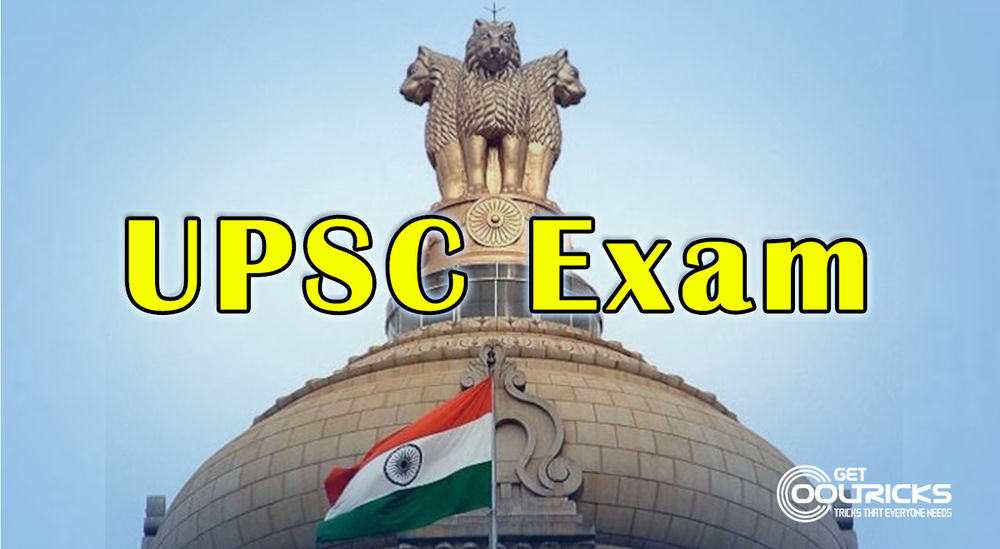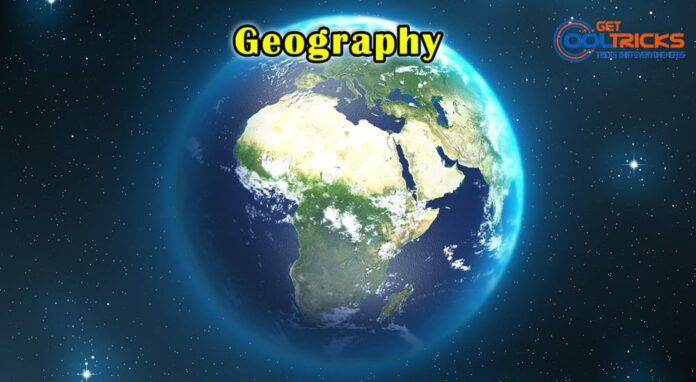The UPSC mains exam is written (subjective) in nature.
Here We Provide Geography subject Questions Yearwise.
Geography

2021
1. Differentiate the causes of landslides in the Himalayan region and Western Ghats
2. Despite India being one of the countries of the Gondwanaland, its mining industry contributes much less to its Gross Domestic Product(GDP) in percentage. Discuss
3. what are the environmental implications of the reclamation of the water bodies into urban land use? Explain with examples
4. Mention the global occurrence of volcanic eruptions in 2021 and their impact on the regional environment.
5. Why is India considered a sub-continent? Elaborate on your answer.
6. . Briefly mention the alignment of major mountain ranges of the world and explain their impact on local weather conditions, with examples.
7. . How do the melting of the Arctic ice and glaciers of the Antarctic differently affect the weather patterns and human activities on the Earth? Explain.
8. Discuss the multi-dimensional implications of the uneven distribution of mineral oil in the world.
9. What are the main socio-economic implications arising out of the development of IT industries in major cities of India?
2020
1. Discuss the geophysical characteristics of the Circum-Pacific Zone. (Answer in 150 words)
2. The process of desertification does not have climatic boundaries. Justify with examples. (Answer in 150 words)
3. How will the melting of Himalayan glaciers have a far-reaching impact on the water resources of India? (Answer in 150 words
4. Account for the present location of iron and steel industries away from the source of raw material, by giving examples.(Answer in 150 words)
5. The interlinking of rivers can provide viable solutions to the multi-dimensional inter-related problems of droughts, floods and interrupted navigation. Critically examine. (Answer in 250 words)
6. Account for the huge flooding of millions of cities in India including the smart ones like Hyderabad and Pune. Suggest lasting remedial measures. (Answer in 250 words)
7. India has immense potential for solar energy though there are regional variations in its development. Elaborate. (Answer in 250 words)
8. Examine the status of forest resources in India and their resultant impact on climate change. (Answer in 250 words)
2019
1. How can the mountain ecosystem be restored from the negative impact of development initiatives and tourism?
2. How is efficient and affordable urban mass transport key to the rapid economic development of India?
3. How do ocean currents and water masses differ in their impacts on marine life and the coastal environment?
4. Can the strategy of regional resource-based manufacturing help in promoting employment in India?
5. Discuss the factors for the localisation of agro-based food processing industries of North-West India
6. Empowering women is the key to controlling population growth.” Discuss
7. What is water stress? How and why does it differ regionally in India?
8. Assess the impact of global warming on the coral life system with examples
9. Discuss the causes of the depletion of mangroves and explain their importance in maintaining coastal ecology.
2018
1. “The ideal solution to depleting groundwater resources in India is a water harvesting system”. How can it be made effective in urban areas?
2. Defining the blue revolution, explain the problems and strategies for pisciculture development in India
3. What is the significance of Industrial Corridors in India? Identifying industrial corridors, and explaining their main characteristics.
4. Mention core strategies for the transformation of aspirational districts in India & explain the nature of convergence, collaboration & Competition for its success
5. Why is the Indian Regional Navigational Satellite System (IRNSS) needed? How does it help in navigation?
6. Why is India taking a keen interest in the resources of the Arctic region?
7. Define mantle plume and explain its role in plate tectonics.
8. What are the consequences of the spreading of ‘Dead Zones’ on marine ecosystems?
2017
1. Petroleum refineries are not necessarily located nearer to crude oil-producing areas, particularly in many developing countries. Explain its implications.
2. In what way can floods be converted into a sustainable source of irrigation and all-weather inland navigation in India?
3. What characteristics can be assigned to monsoon climate that succeeds in feeding more than 50 percent of the world population residing in Monsoon Asia?
4. “The growth of cities as I.T. hubs has opened up new avenues of employment, but has also created new problems”. Substantiate this statement with examples
5. Account for variations in oceanic salinity and discuss its multi-dimensional effects
6. How does the Juno Mission of NASA help to understand the origin and evolution of the Earth?
7. “In spite of adverse environmental impact, coal mining is still inevitable for development”. Discuss
8. Mention the advantages of the cultivation of pulses because of which the year 2016 was declared the International Year of Pulses by the United Nations.
9. How does the cryosphere affect global climate?
2016
1. South China Sea has assumed great geopolitical significance in the present context. Comment.
2. Major cities in India are becoming vulnerable to flood conditions. Discuss.
3. Present an account of the Indus Water Treaty and examine its ecological, economic and political implications in the context of changing bilateral relations.
4. Enumerate the problems and prospects of inland water transport in India.
5. In what way do micro-watershed development projects help in water conservation in drought-prone and semi-arid regions of India?
6. With a brief background of the quality of urban life in India, introduce the objectives and strategy of the ‘Smart City Programme.


